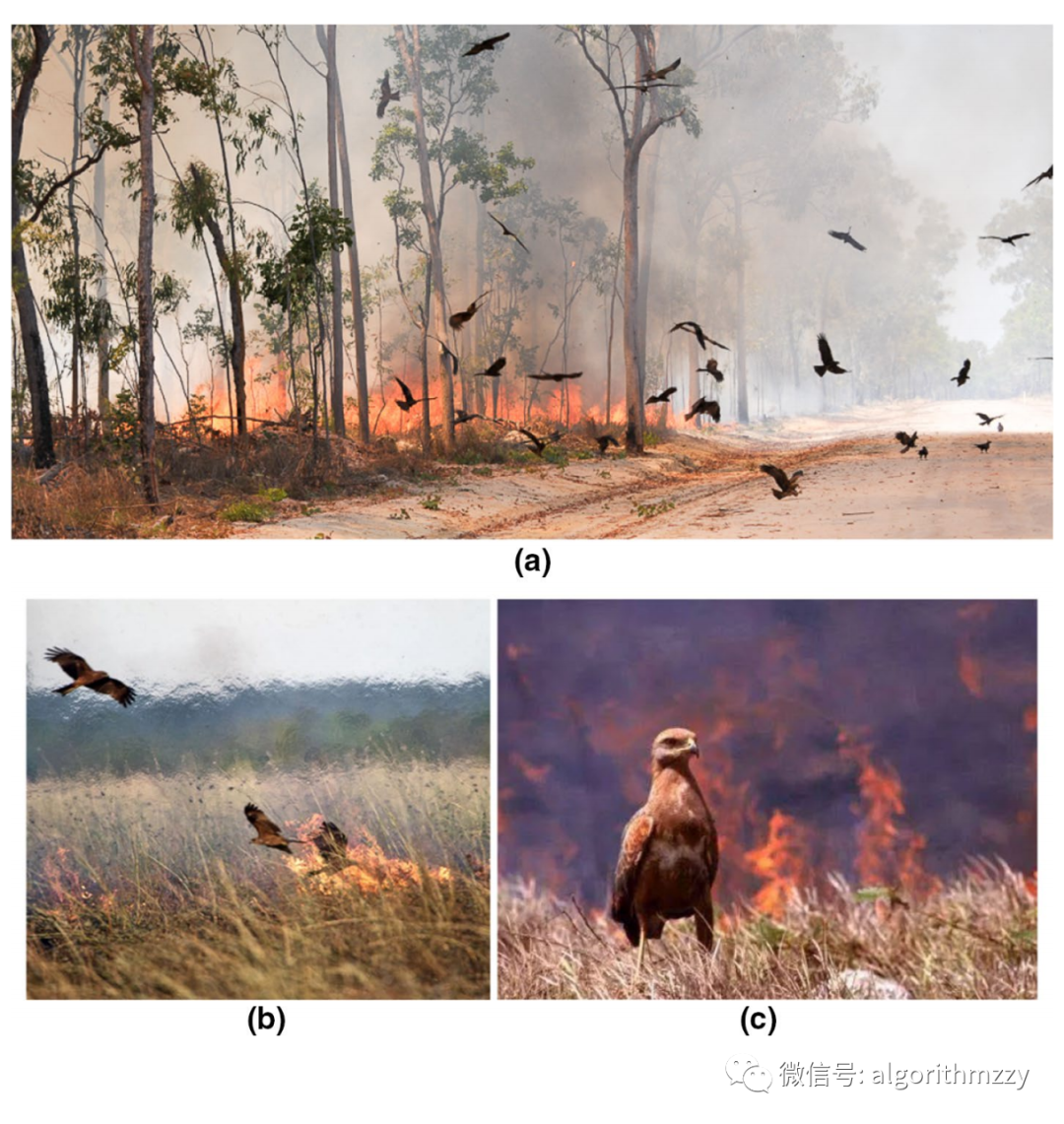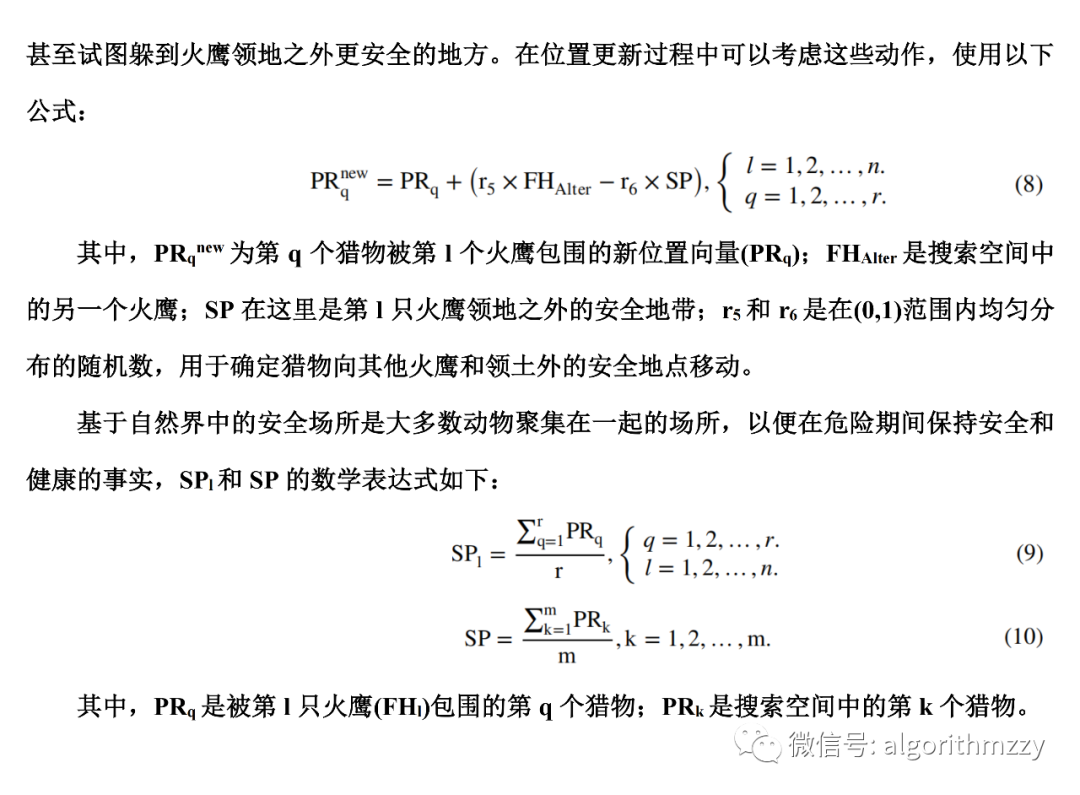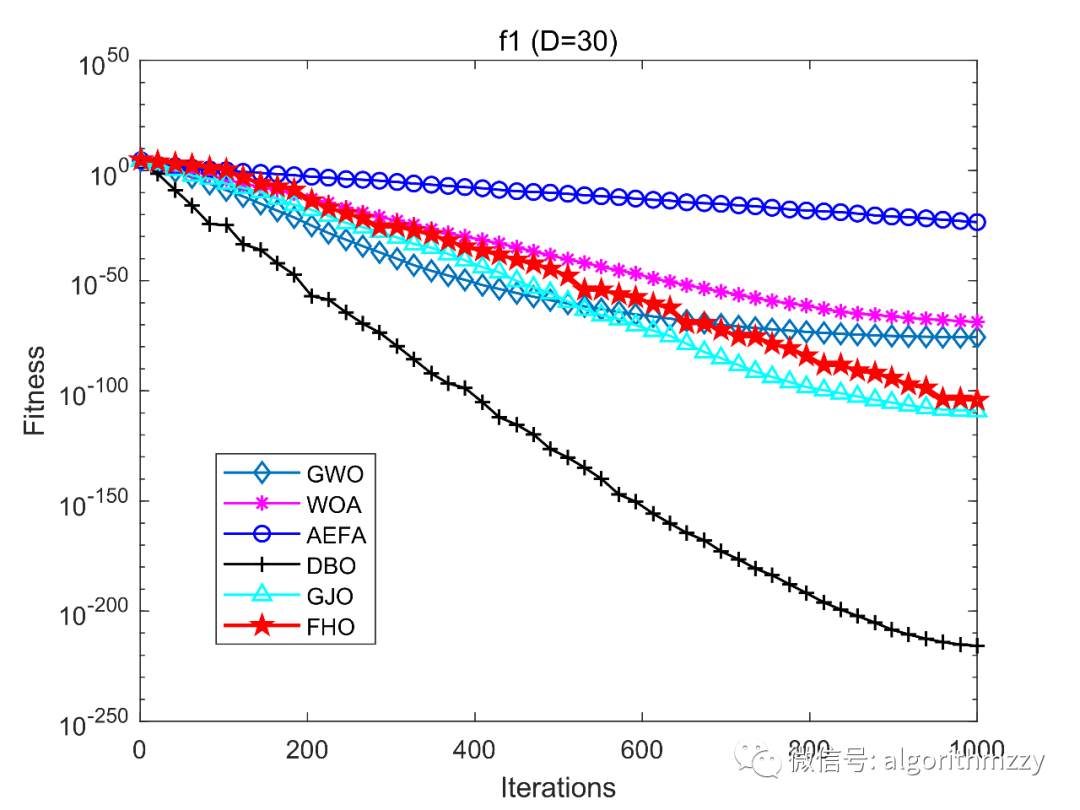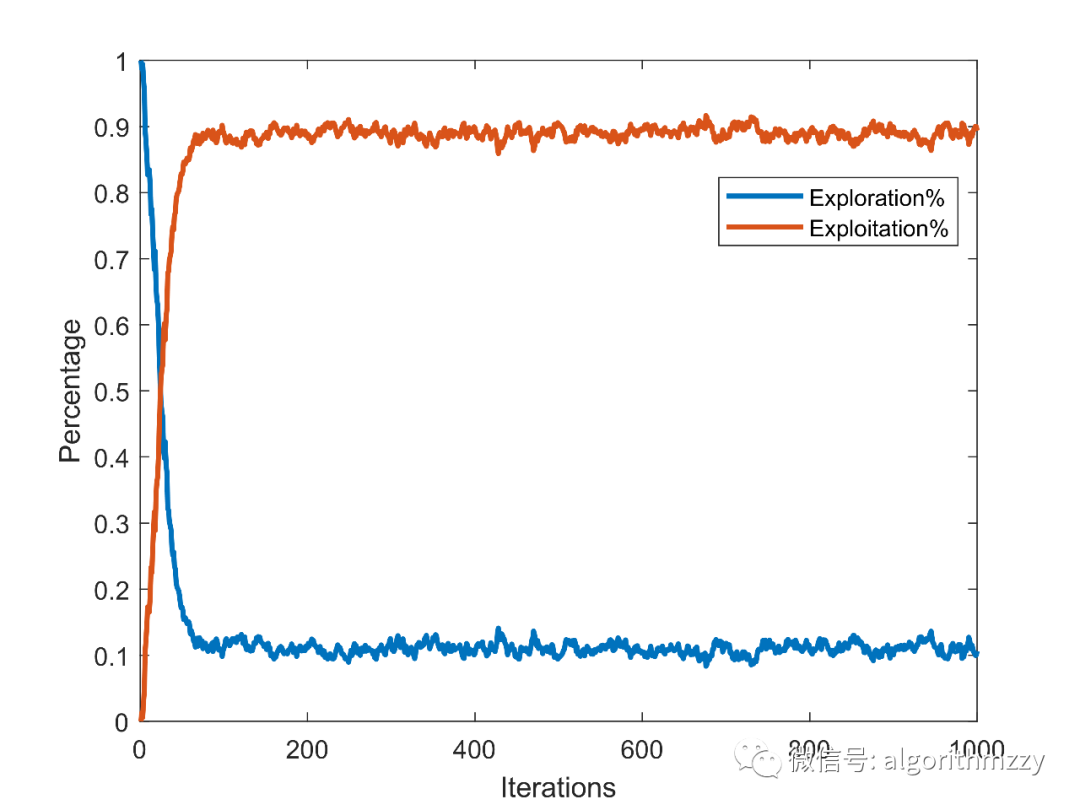Let me make a statement first: the article is directly copied and pasted from the push in my personal official account, so friends who are interested in intelligent optimization algorithms can follow my personal official account: heuristic algorithm discussion . From time to time, I will share different intelligent optimization algorithms in the official account, classic ones, or new intelligent optimization algorithms proposed in recent years, with MATLAB code attached.
The Fire Hawk Optimizer (FHO) algorithm is an evolutionary algorithm based on the foraging behavior of black kites (Milvus migrans), howling chestnut kites (Haliastur sphenurus) and brown falcons (Falco berigora). Strictly speaking, it should be called the Firehawk optimizer. In order to test the performance, the author used a total of ten different classic and new meta-heuristic algorithms as comparison algorithms. The experimental results show that the FHO algorithm has better performance than the compared algorithms in the literature. Its original reference is as follows:
“Azizi M, Talatahari S, Gandomi A H. Fire Hawk Optimizer: A novel metaheuristic algorithm[J]. Artificial Intelligence Review, 2023, 56(1): 287-363.”

01
Source of inspiration
In the process of studying wildfires in Australia, researchers found that some eagles would throw sticks with fire in their mouths to places that were not on fire. The eagle looks for the traces of the prey by holding a burning fire stick in its mouth. Once it finds the prey, it throws the burning fire stick in its mouth, setting fire to the woods and bushes where insects and small mammals hide. When the prey flees one after another, Eagles will take the opportunity to hunt.
Not only that, when the eagles pass by the fire, they will also throw in the unburned sticks, pick them up after being lit, and "take advantage of the fire" elsewhere. This process is like passing the torch in the Olympic Games, but in fact they are arson. Aboriginal people called them "fire eagles". Fire hawks are not just one type of bird, but three common types of hawks: black kite, howling chestnut kite, and brown falcon. These three eagles are small in size, with a body length of only 40-50 cm, a wingspan of about 110 cm, and a weight of about 500-800 grams. Once the fire hawks successfully set the fire, some will catch the prey that fled in a panic, but the smarter fire hawks will wait quietly nearby. Once the fire is extinguished, they will sprint bravely to enjoy this grand "barbecue buffet". This is the foraging behavior of fire hawks. Figure 1 shows the behavior of these birds around fire.

Figure 1 Behavior of the Firehawk around the fire scene
Therefore, the FHO algorithm is obtained by simulating this predation method of the fire hawk.
02
Algorithm design
As in previous posts, I will not edit mathematical formulas in the official account yet. Therefore, this part of the content is first written in the Word document, then made into a picture, and finally imported.



03
Calculation process
The calculation process of the FHO algorithm is shown in Figure 2:

Figure 2 FHO algorithm calculation process
04
Experimental simulation
Perform a simple test on the performance of the FHO algorithm. The FHO algorithm is used for function optimization, and its MATLAB program is written strictly according to the original references. In addition, the population size N is 50, the maximum number of iterations T is 1000, and the Benchmark function uses the CEC2005 test set.
Here we take the unimodal function Sphere (f1) and multimodal function Ackley (f10) in the CEC2005 test set as examples to show the convergence effect of the FHO algorithm in a 30-dimensional environment. The comparison algorithms choose gray wolf optimization ( GWO ) and whale optimization ( WOA ), Artificial Electric Field Algorithm ( AEFA ), Dung Beetle Optimization ( DBO ) and Golden Jackal Optimization ( GJO ). As shown in Figure 3, no further analysis will be made here.

(a) f1

(b) f10
Figure 3 Convergence curve comparison of six evolutionary algorithms
Secondly, let's test the balance ability of the FHO algorithm for global exploration and local development. As shown in Figure 4, it is the exploration and development ratio curve of the FHO algorithm on the CEC2005 test function f7. It can be seen that the FHO algorithm can achieve a dynamic balance between exploration and development, and the proportion of Exploitation finally reached 90%.

Fig. 4 The change curve of FHO's exploration and development percentages on CEC2005 f7
05
MATLAB code
The MATLAB code of the FHO algorithm can be obtained by copying the link below. The code is written in strict accordance with the original references, with detailed comments.
(In the official account, pay attention to the official account: heuristic algorithm discussion)
Analysis of the proportion of exploration (Exploration) and development (Exploitation) of FHO algorithm:
(In the official account, pay attention to the official account: heuristic algorithm discussion)